| Structure | Name/CAS No. | Articles |
|---|---|---|
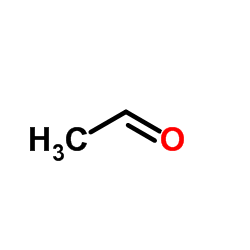 |
ch3cho
CAS:75-07-0 |
|
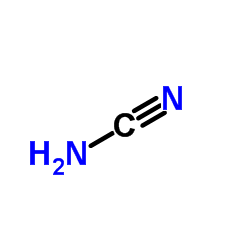 |
Cyanamide
CAS:420-04-2 |
|
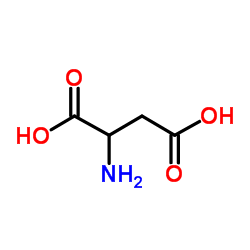 |
DL-Aspartic Acid
CAS:617-45-8 |
|
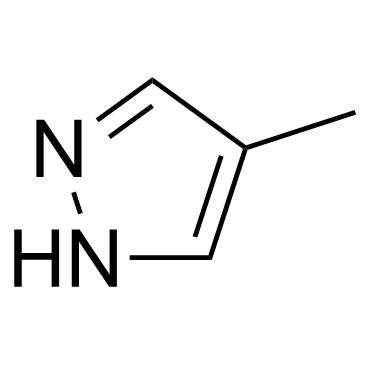 |
Fomepizole
CAS:7554-65-6 |
|
 |
CNQX
CAS:115066-14-3 |
|
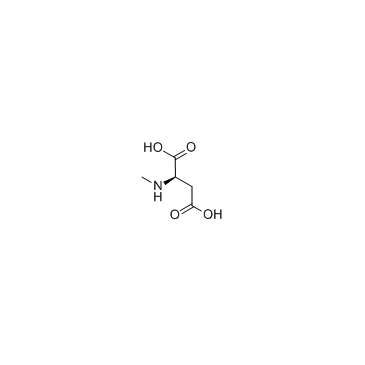 |
N-Methyl-D-aspartic acid
CAS:6384-92-5 |